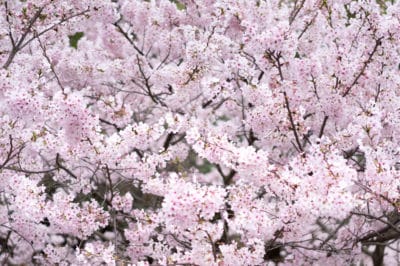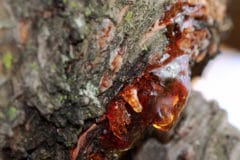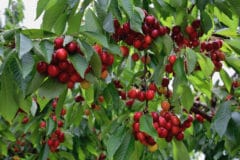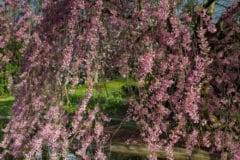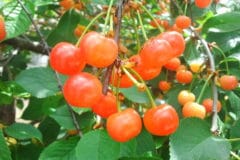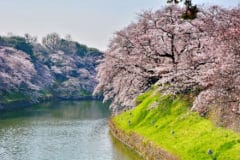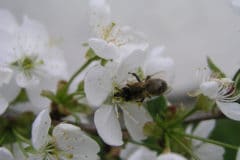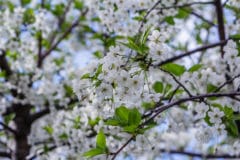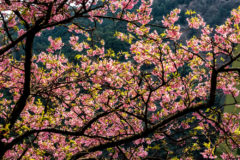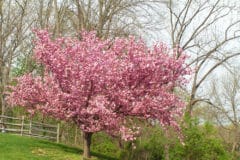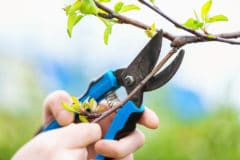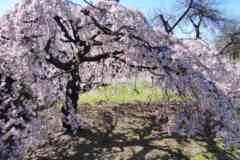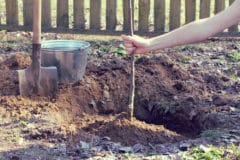Biggest Problems Growing Yoshino Cherry Trees
Ornamental cherry trees frequently succumb to pests, diseases, and cultural problems. Other types of flowering cherries are also susceptible to this list of complaints.
Cultural Problems
- Planting in the wrong plant hardiness zone: Yoshino cherries are adapted to growing in USDA plant hardiness zones 5 through 9. When planted in areas outside these limits, the trees are likely to have poor growth and not survive.
- Exposure to salinity: Yoshino cherries do not tolerate salt spray or salinity. While planting near a lake or pond can produce attractive reflections, avoid planting near salt water.
- Planting in poor soil or excessive wind exposure: Cherry trees in general, including Yoshino, need well-drained soil to avoid fungal infection in the root systems, and the blossoms of these trees are easily dislodged by strong winds. Plant on deep, level to slightly sloping ground with protection from wind.
Pests and Diseases Affecting Yoshino Cherry Trees
- Boring Insects: Caterpillars and tree borers, such as peach tree borer, are problematic on these trees. Caterpillars can be controlled with Bacillus thuringiensis, a non-toxic, beneficial bacteria. Peach tree borer can be controlled using beneficial nematodes such as Steinemema carpocapsae and horticultural oils like neem oil.
- Sap-Sucking Insects: Spider mites and aphids suck the running sap from Yoshino cherry trees, causing wilting, discoloration, and falling of leaves. If infestations are small, dislodge the insects with a strong spray of water. For heavy infestations, spray the tree with 2 tablespoons (30 milliliters) of neem oil mixed into a gallon of water or a soap-water solution.
- Bacterial Problems: Twig canker and cherry leaf spot are two bacterial diseases affecting Yoshino cherry trees. Cankers appear as watery lesions on bark, and leaf spot, also called shot hole disease, causes leaf discoloration and holes in the leaves. The best defense is keeping the tree growing vigorously and cutting out infected branches as soon as you see them.
- Fungal Diseases: Various forms of rot, blight, and mildew are common on Yoshino cherry trees. These problems can be hard to control once they have established themselves, making planting in an optimum location, raking up leaf litter, and pruning diseased branches the best methods of prevention.
Yoshino Cherry Trees Have a Short Life-Span
Ornamental cherry trees like Yoshino are short-lived trees, often only surviving for 30 to 40 years. If your tree is ailing and old, it may simply have come to the end of its lifespan.
Text:
